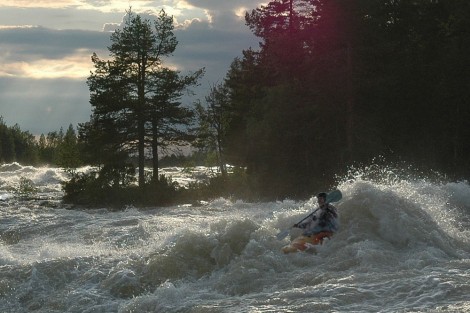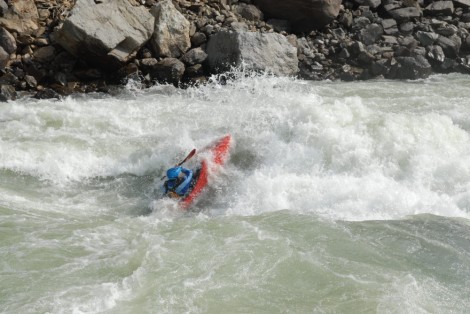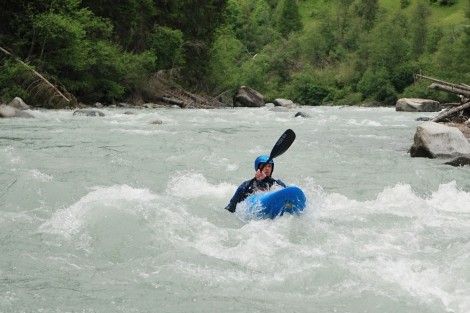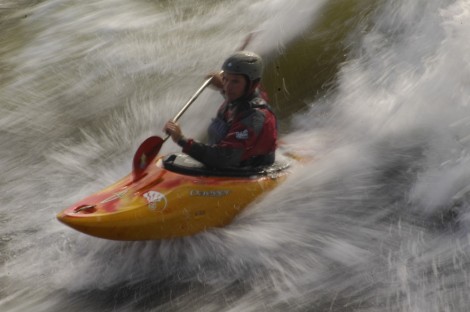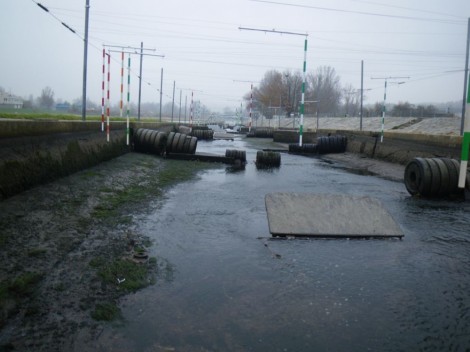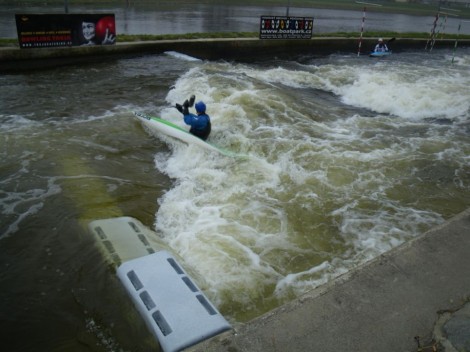Coaching Dispatch
With alpine adventures under way and expedition season fast approaching, this months Coaching Dispatches looks at big waves.
Posture is the key to everything, without it we would capsize. When dealing with big waves upper and lower body separation becomes even more important. As the boat rides up and over the wave we must be ready to let the boat pitch upwards and keep our centre of gravity over the front of the boat.
When riding through a long wave train, our vision might be limited, we might only be able to see on top of the peaks. If we then want to change the way we are facing to change river position, we must think tactically about when this can effectively be done. In tight smaller wave trains, we might not be able to turn effectively in the trough of the waves because of the resistant from the peaks around us. We can’t push the boat through a wall of water. On big tall waves we might not want to travel up the wave facing sideways, in order to maintain posture and boat speed for anything unexpected behind the wave.
As we see a big wave approaching, the obvious reaction is to hit the power and charge. We get that shot of adrenaline, tense up (effecting posture) and stop thinking about our strokes. As you get more used to this environment you’ll find you generally need less speed than you think and you’ll then find you have more control.
Remember you can’t take a big stroke off the top of a wave because there isn’t much water about. Two common mistakes I see regularly, is to take a stroke at the peak and the last half of the stroke just fires through the air or reaching behind a wave. In both cases we are not anticipating the change in water level through the waves. Slow, even powered strokes. This is a great time to play with changing blade pressure.
Chris Eastabrook Coaching offers bespoke personal coaching covering a range of skills and mental preparation designed around your white water kayaking goals.








